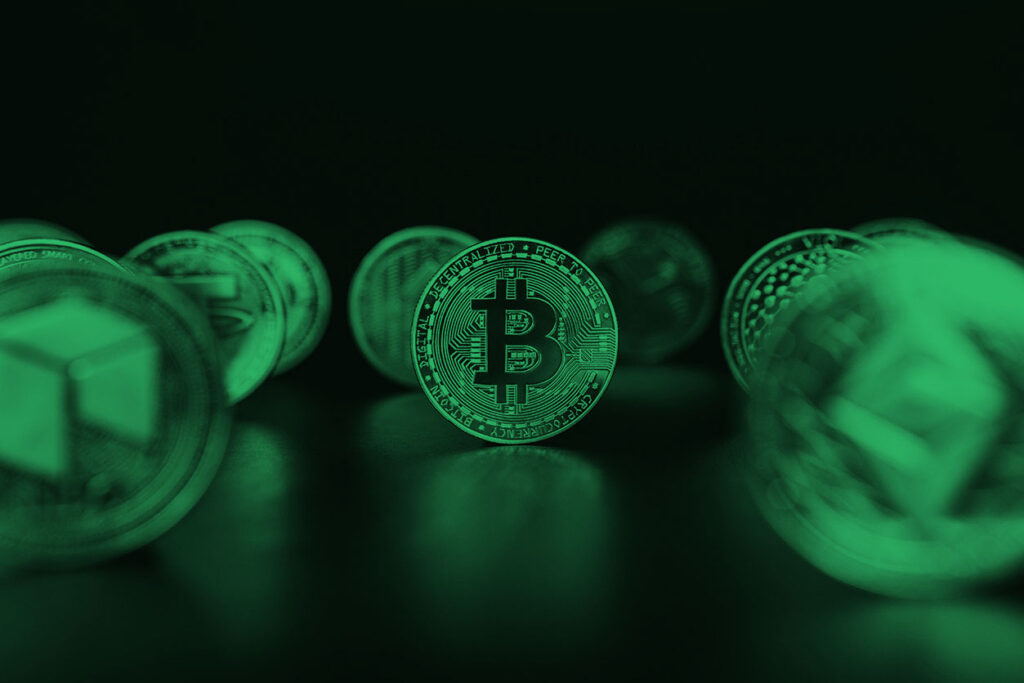Bitcoin vs. Ripple: What’s the Difference?

In 2009, it was Bitcoin (BTC) that published the first whitepaper describing cryptocurrencies. The document envisioned a new form of money. As the technology progressed from an idea to real-world implementation, Bitcoin found uses on the Internet and facilitated borderless marketplaces, becoming the first real-world implementation of blockchain technology and providing the foundations for the development of all future cryptocurrencies.
The decentralized system of BTC is executed by independent node operators and miners. They manage Bitcoin’s blockchain infrastructure using powerful hardware to validate all transactions.
For the technology to outperform traditional financial institutions, it had to show potential and stability. This meant BTC had to have faster transactions, a more secure network, limited quantity, and international reach.
Ripple: The idea behind
This provides faster confirmations without the need for authorization. It also makes XRP more secure and faster than many of its competitors. It resolves the major issue of big power consumption of BTC with the consensus system.
All XRP coins were pre-mined at launch and have been released into the market by their main holders. The number of XRP coins is in the range of 1 billion which makes it better for operations than a store of value. In contrast, there will only ever be 21 million Bitcoins in existence. The limited supply of BTC has helped investors believe the coin is the “digital gold of the world”.
Store of value vs usability
After the “Bitcoin billionaire” became a thing, many traders and traditional investors switched sides. Bitcoin is the most profitable store of value that continues to attract investors, even though the whitepaper of the original Bitcoin did not make such promises. In contrast, XRP has become a bridge currency that is both faster and less costly than fiat currency. Bitcoin’s ability to be openly traded makes it a true store of value that gives the general public more power over regulations and market predictions. On the other hand, XRP is heavily dependent on Ripple’s partnership with financial institutions and is not focused on price.
Since XRP serves real-world applications, its relevance in the financial world cannot be ignored by banks as it could become part of a streamlined approach to cross-border settlements. Through joint efforts, Ripple and the XRP community are pushing Ripple’s payments solution toward global adoption.
As of now, XRP’s ecosystem focuses mainly on increasing adoption by serving various use cases within the traditional payments space. Ripple received 80 billion XRP from XRPL’s founders, of which 55 billion, or 55%, were locked in escrow. In contrast, Bitcoin’s volatility has made it a viable trade option for speculators. The exact status of XRP in many parts of the world is still unclear. Where Bitcoin has been accepted as an asset with decade-long stellar price performance, XRP is still not.
What investors can take home?
Crypto traders might think that one of their biggest dilemmas is choosing sides between two coins or projects. However, XRP and Bitcoin were both built for different purposes and don’t compete directly.
Due to Bitcoin’s global accessibility, any individual can trade or carry Bitcoin worldwide without regard to jurisdiction. However, XRP was developed for cross-border transactions with lower costs and faster speeds than those of traditional fiat currencies. In terms of processing times and transaction fees, Ripple is superior to the Bitcoin network. However, BTC is more widely used and better known than XRP, giving it an edge in other areas.
Though both have many similarities, each has its unique purpose.
Trading on margin is high risk.

